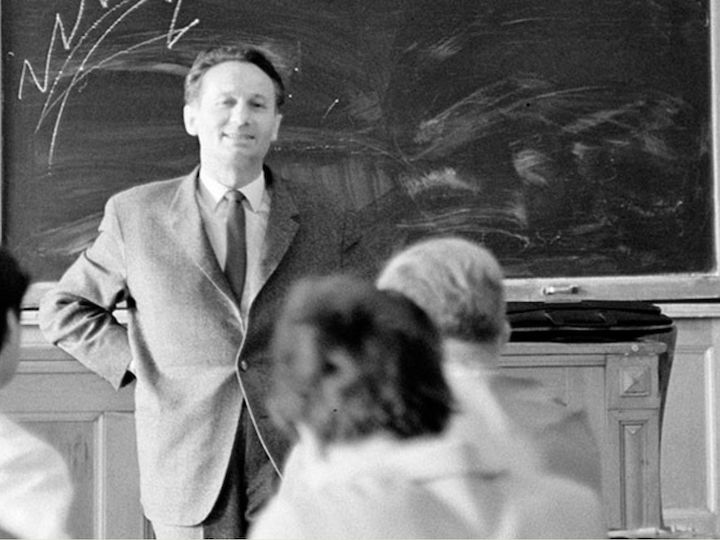
108 éve született a nemzet tanára
1915. november 24-én Szentgálon született Lőrincze Lajos állami díjas nyelvész, nyelvművelő. Kutatási területét mindenekelőtt a nyelvjáráskutatás, a névtudomány, valamint a magyar nyelvművelés képezte. A legtöbben viszont a 40 éven át hallható Édes anyanyelvünk című rádióműsorból ismerik őt.
A Szent László-kultusz kései tanúi Pécsett: a Cetto-beszédgyűjtemény
A Pécsi Egyetemi Könyvtár Történeti Gyűjteményi Osztálya, amely a Klimo György pécsi püspök (1751–1777) által 1774-ben alapított könyvtár tevékenységét folytatja, tizenkét olyan szöveget őriz, amelyek kifejezetten Szent László király tiszteletére születtek, illetve az ő emlékével foglalkoznak.
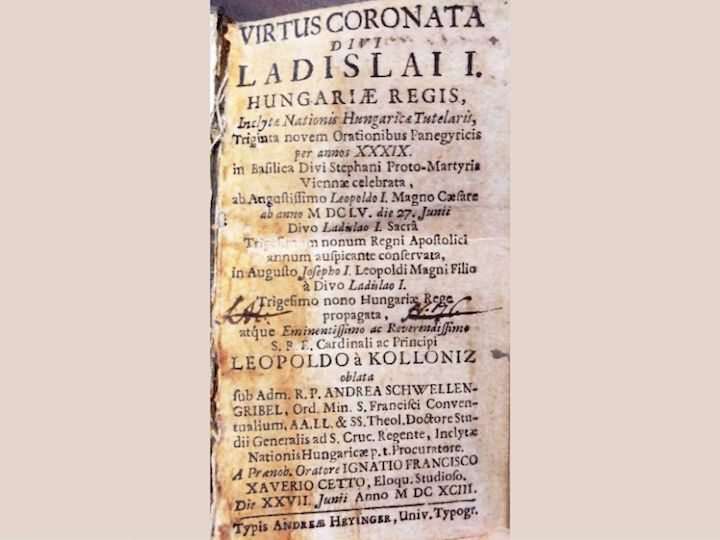
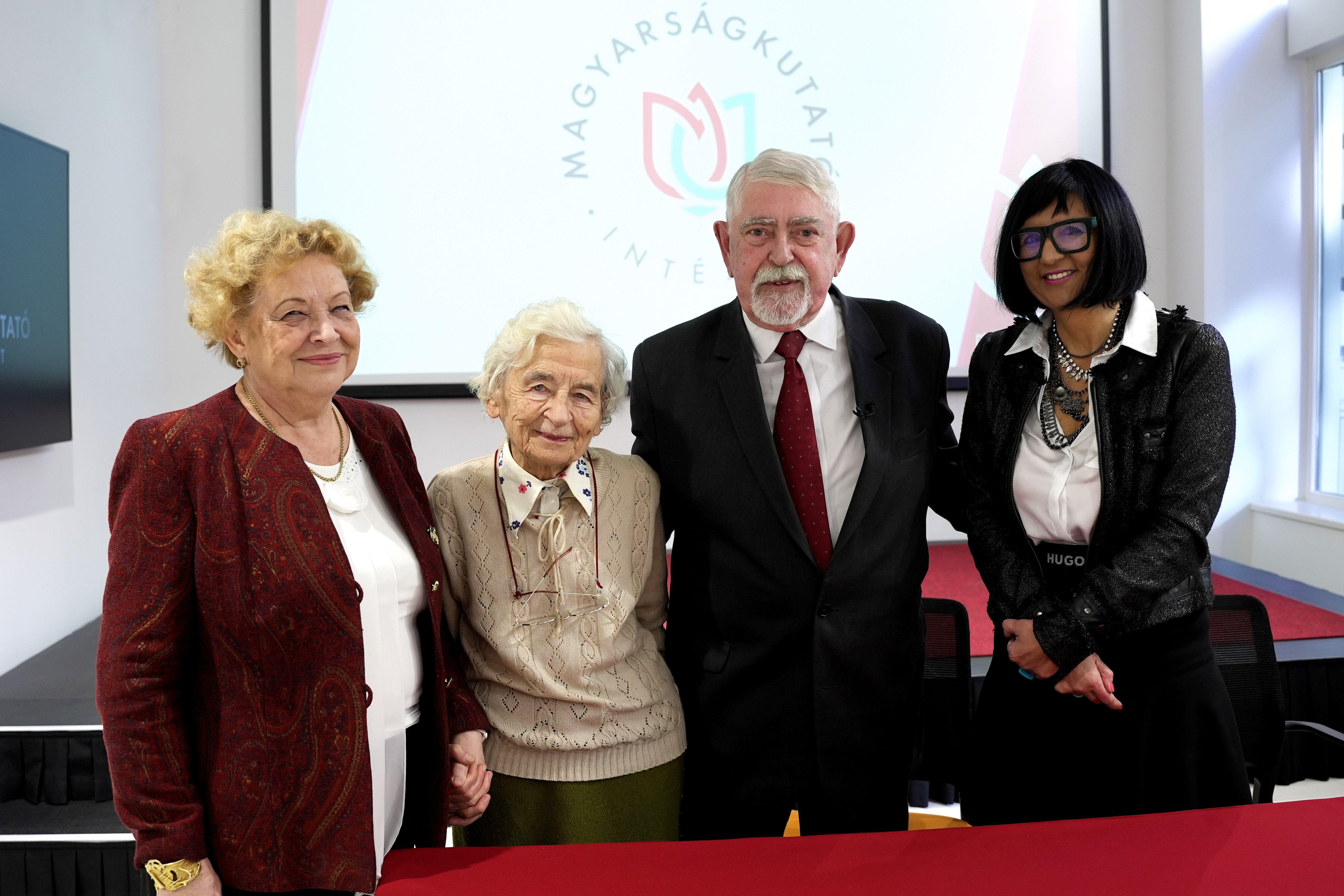
Együttműködés a Magyarságkutató Intézet és a Kortárs Női Reflexiók Fóruma között
Hiánypótló téma kutatásában, gondozásában köt együttműködést a Magyarságkutató Intézet a Kortárs Női Reflexiók Fórumával.
Mozaik a kárpátaljai magyar irodalomból, 2. rész. 1920–1939 – Csehül voltunk
„A szerencse úgy forog:
Ungvárból lett Uzsgorod,
Munkácsból lett Mukacsevo;
Isten látja egyik se jó!”
Fülöp Árpád: A szerencse úgy forog [10].
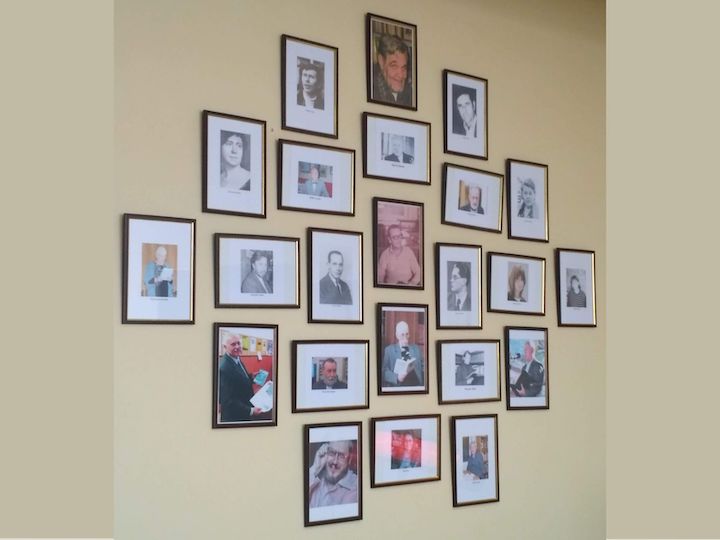

Kísérlet Kárpátalja visszafoglalására (1938. november 21.)
Kevésbé ismert tény, hogy a felvidéki bevonulást követően a Magyar Királyi Honvédség az újból felállított Rongyos Gárda bevonásával arra készült, hogy fegyverrel vegye vissza Csehszlovákia „gyarmatát”, Kárpátalját. A támadást 1938. november 21-ére tűzték ki, ám az a német és olasz tiltakozás miatt végül elmaradt.
Mód Aladár történelemszemlélete
Ötven évvel ezelőtt hunyt el az a szocialista történész, akinek nézetei meglepő módon talán éppen halála után ártottak legtöbbet az 1989 utáni patrióta szemléletű kora újkori témájú történetírásnak.

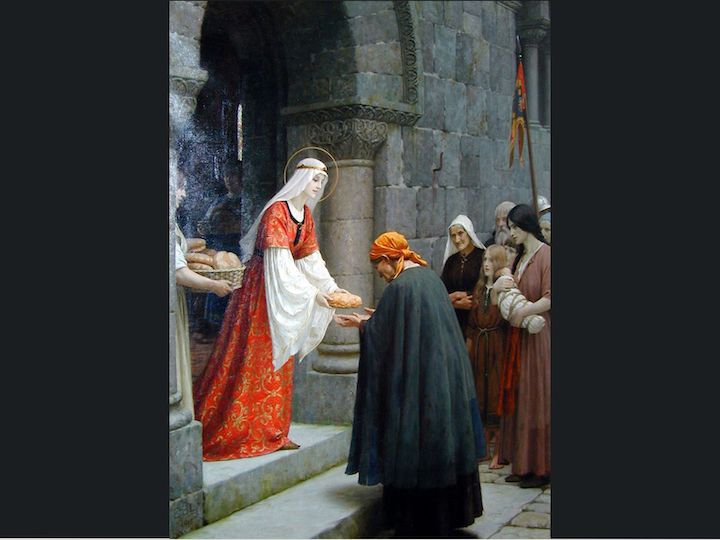
„Dicsőséges szent Erzsébet asszonnak ünnepéről, ki vala magyari Endre királnak leánya”
Az Árpád-házról tudni illik azt, hogy egyedülállóan sok tagját avatták szentté vagy legalább boldoggá. Az uralkodói dinasztia szentté lett tagjainak időbeli megoszlása érdekesen alakult. A X–XI. században éltek a férfi szentek, I. István király, Imre herceg, I. László király.
Egy közép-európai történet; Haáz Rezső újonnan fellelt akvarellje
Szokták mondani, hogy a könyveknek megvan a maguk története, azonban a jelen ismertetés is mutatja, hogy csak annak lehet és lesz meg a története, amire vigyázunk.
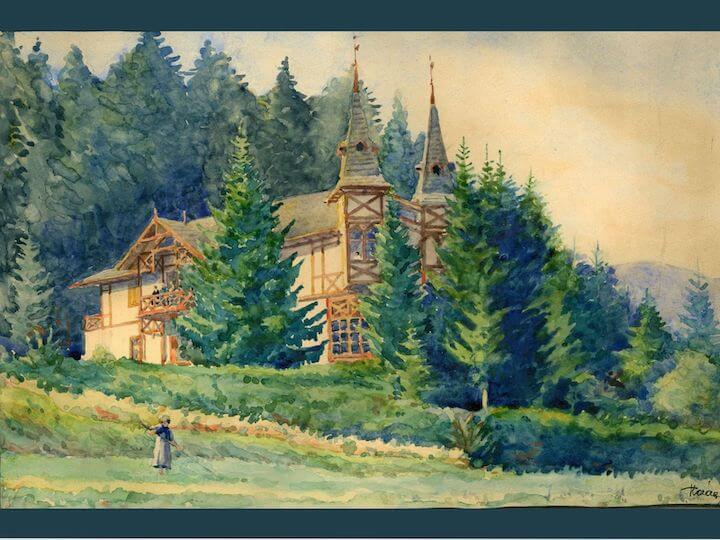

„Alkony, dics, fohász” – Egy elfeledett magyar grammatikáról
1763-ban jelent meg Adámi Mihály német ajkúaknak szánt magyar mint idegen nyelv grammatikájának második, bővített kiadása Ausführliche und neuerläuterte ungarische Sprachkunst… [Részletes és átdolgozott magyar nyelvmesterség…] címmel.
A poeta doctus és a Kelet Születésének 250. évfordulóján Csokonai Vitéz Mihályra emlékezünk
A magyar felvilágosodás egyik legjelentősebb költőjére emlékezve – sokoldalúságának megfelelően – méltathatnánk irodalmi és magyar nyelvi tevékenységét, képzettségét és tájékozottságát, politikai érdeklődését, fordítói munkásságát. Jelen megemlékezés azonban a poeta doctus tevékenysége egy kevésbé ismert színfoltjának bemutatásával tiszteleg a költő emléke előtt.
